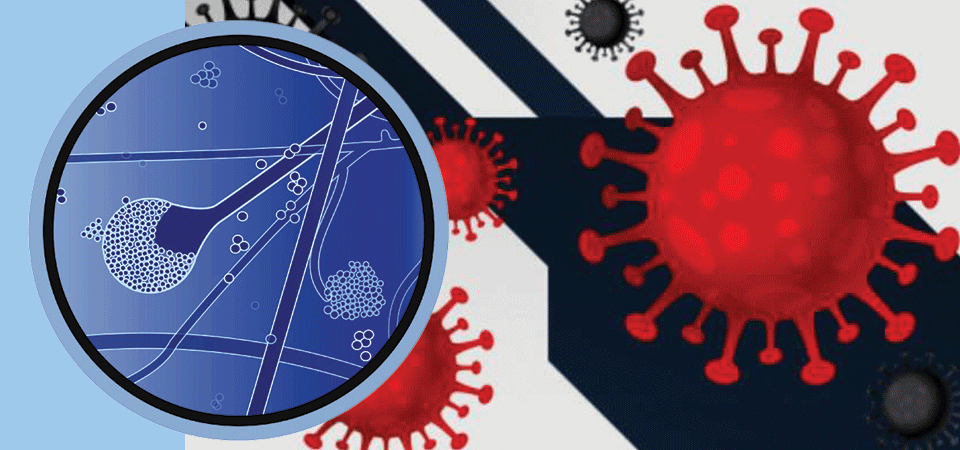Early diagnosis vital to stay safe from black fungus in COVID patients

By A Staff Reporter
Kathmandu, June 6: Nepal has been witnessing a sharp rise in the cases of Mucormycosis, or black fungus, in COVID-19 patients during treatment in hospitals or after discharge.
Dr. Krishna Prasad Poudel, spokesperson for the Ministry of Health and Population (MoHP), stressed awareness, early diagnosis and referral, sugar control, cutting down steroids and reviewing the infection control practices to get rid of the fungus. The disease is a severe fungal disorder, and in some cases the patients’ eyes and jaw bones have to be removed surgically to rein in the infection.
Mucormycosis is a potentially lethal, angioinvasive fungal infection predisposed by diabetes, corticosteroids and immune suppressive drugs, primary or secondary immune deficiency, solid organ malignancies and solid organ transplantation, iron overload, living on dusty and damp area, stagnant area without proper ventilation and dehydration.
The ministry has prepared a guideline to detect Mucormycosis at an early stage in patients who are either hospitalised for COVID-19 treatment or have been discharged from hospital after treatment.
According to the guideline, Mucor is a fungus normally present in the environment and in soil. It causes disease only when immunity is critically low. Though the disease is not new, it occurs in patients with low immunity as in uncontrolled diabetes, post-transplant, cancer treatments, steroid therapy, and high dose and early initiation of therapy in treatment of COVID-19. Though the infection is rare, it can be life threatening at times.
Mucormucosis infection may occur between 10 and 60 days of active COVID-19 infection or between 2 and 4 weeks after the onset of COVID-19 symptoms, said Dr. Poudel.
According to the guideline, common and early symptoms of Mucormycosis are: unilateral facial pain, focal in cheek, retro-orbital pain, swelling, redness around eyes and nose, progressive anesthesia felt over cheek or nasal mucosa, nasal congestion, bloody/black nasal discharge, blurring vision, fever, malaise, dental pain and loosening of teeth.
During the later stage, the symptoms, including facial swelling, closure of eyelids, swelling of eyeballs, restricted eye movements, chemosis, facial skin discolouration or ulcer, are seen. According to Dr. Poudel, preventable measures against the infection are wearing clean and dry facemasks, washing hands regularly, using sanitisers, cleaning the nose with salty water and not consuming antibiotics without prescription of doctors.
The ministry has 10 recorded cases of black fungus infection across the nation. According to Dr. Poudel, two such cases were detected in Nepalgunj, one in Birgunj and seven in Kathmandu so far.
Recent News

Do not make expressions casting dout on election: EC
14 Apr, 2022
CM Bhatta says may New Year 2079 BS inspire positive thinking
14 Apr, 2022
Three new cases, 44 recoveries in 24 hours
14 Apr, 2022
689 climbers of 84 teams so far acquire permits for climbing various peaks this spring season
14 Apr, 2022
How the rising cost of living crisis is impacting Nepal
14 Apr, 2022
US military confirms an interstellar meteor collided with Earth
14 Apr, 2022
Valneva Covid vaccine approved for use in UK
14 Apr, 2022
Chair Prachanda highlights need of unity among Maoist, Communist forces
14 Apr, 2022
Ranbir Kapoor and Alia Bhatt: Bollywood toasts star couple on wedding
14 Apr, 2022
President Bhandari confers decorations (Photo Feature)
14 Apr, 2022










